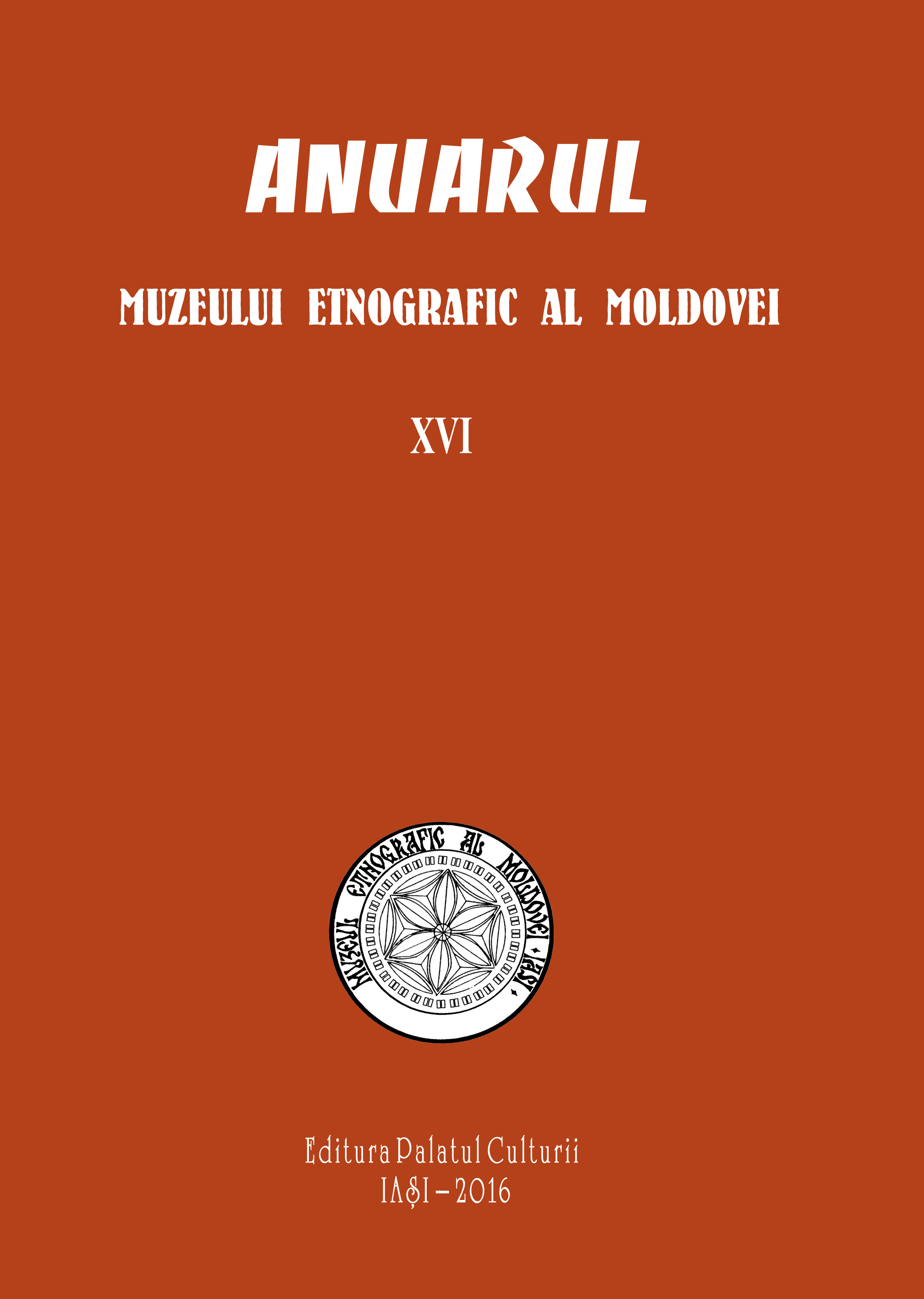Strategia Muzeului Naţional al Satului „Dimitrie Gusti” de salvgardare a patrimoniului cultural imaterial
The Strategy of “Dimitrie Gusti” National Village Museum for the Intangible Cultural Heritage Preservation
Author(s): Doina IŞFĂNONISubject(s): Essay|Book Review |Scientific Life
Published by: Editura Palatul Culturii
Summary/Abstract: The official acknowledgment of the value of intangible cultural heritage, by UNESCO’s International Committee in 1989, and providing the legal protection for it, through the Convention adopted in Paris on the 17th of October 2003, brought into the specialists’ attention a new vision on the concept of heritage. From the point of view of these legal documents, the cultural heritage preserved and exhibited within museums, exhibitions, sites and collections is no longer the only witness of human creativity and ingenuity. The profound interaction that exists between the assembly of material/formal, technical and artistic materializations of a civilization and the spirituality that generated them require simultaneous safeguarding of tangible and intangible cultural heritage.For the safeguarding of the intangible cultural heritage, “Dimitrie Gusti” National Village Museum in Bucharest has initiated the multiannual research programme named Mentality structures reflected in the Romanian traditional customs related to the calendar and to the cycle of life. This programme represents an innovative direction in the investigation of social and human phenomena of the Romanian contemporary village and intends to lay stress on the dialogue between the peculiar expressions of the tangible heritage and those of the intangible one, as well as on the recovery of all forms of individual or collective expressions, specific to the researched customs. In order to go beyond the level of a simple visual recording, this type of research completes what I see with information from the category of what I have to know, dynamizing thus the dialogue of the tangible cultural heritage with the intangible one. This principle has been excellently turned to account in the temporary exhibitions organized within this project. Interlinking the two types of heritage intensifies each one’s communicational force bringing extra information to the public.This programme has a real success among our public and mass-media and contributes not only to the knowledge of real values of the Romanian traditional spirituality, but also to the cultural reshaping of the public. The public attending the performance of a custom by an authentic community within the museum context has the privilege to integrate into the ceremonial praxis, to know the real forms and symbolic figures peculiar to these human manifestations and to correctly decode the message of the Romanian customs. The project’s achievements contribute not only to the recent UNESCO desiderate of eliminating the excessive cult of the three-dimensional object, but also to the elimination of the void represented by the lack of the intangible values that have been permanently created and recreated by communities, generation after generation, dependent on the environment and human interaction with nature.
Journal: Anuarul Muzeului Etnografic al Moldovei
- Issue Year: 2016
- Issue No: 16
- Page Range: 501-522
- Page Count: 22
- Language: Romanian

